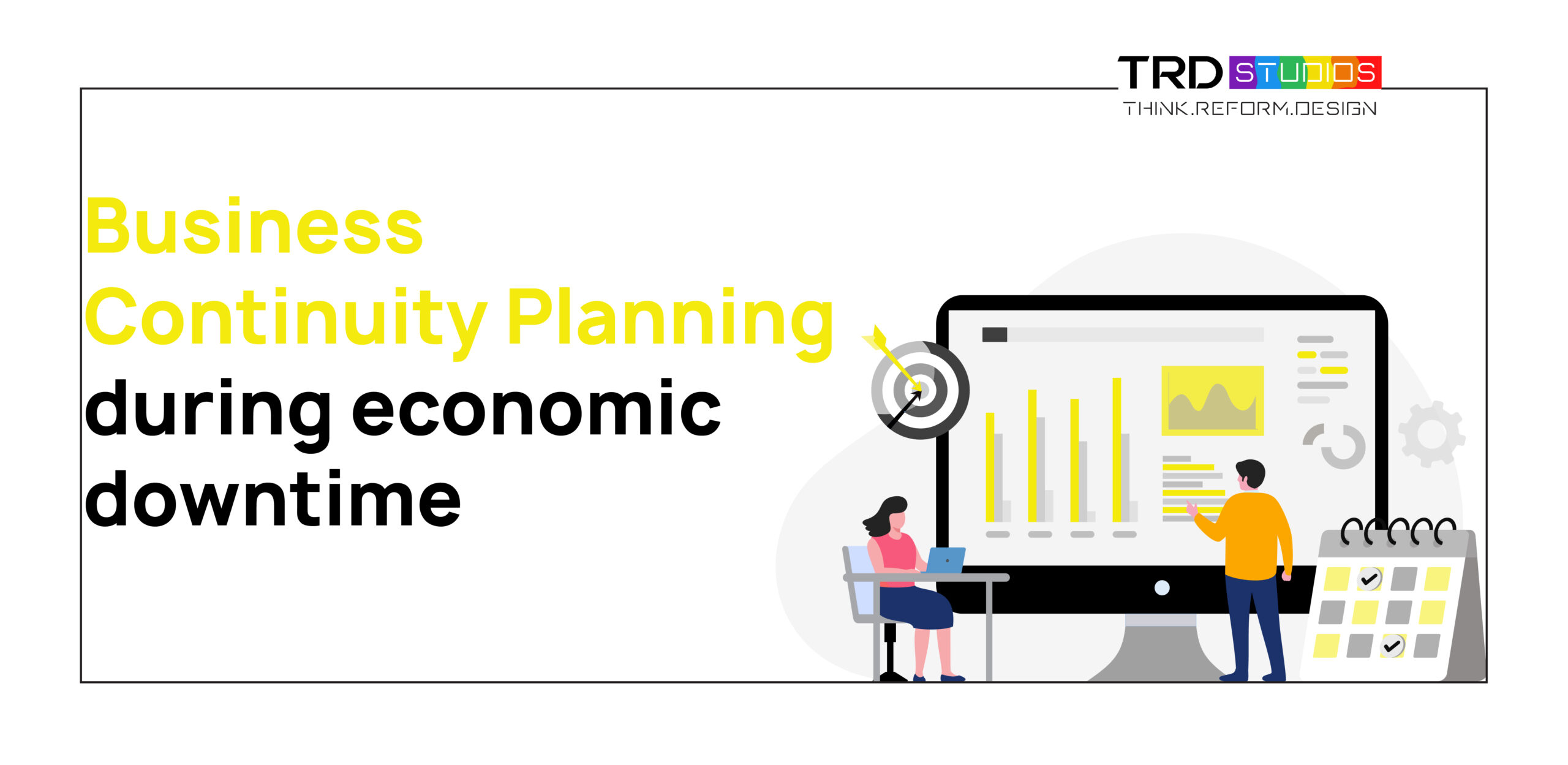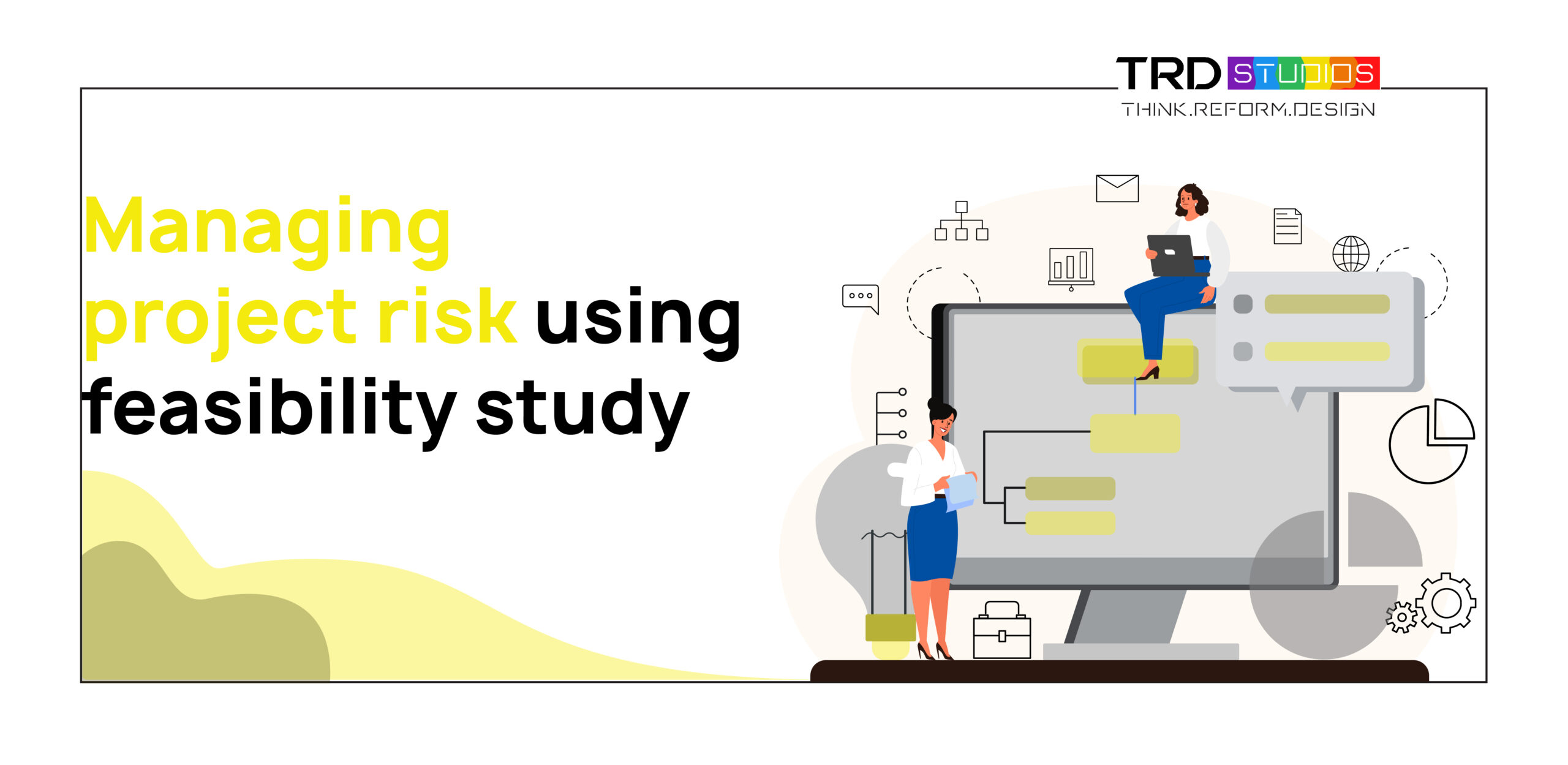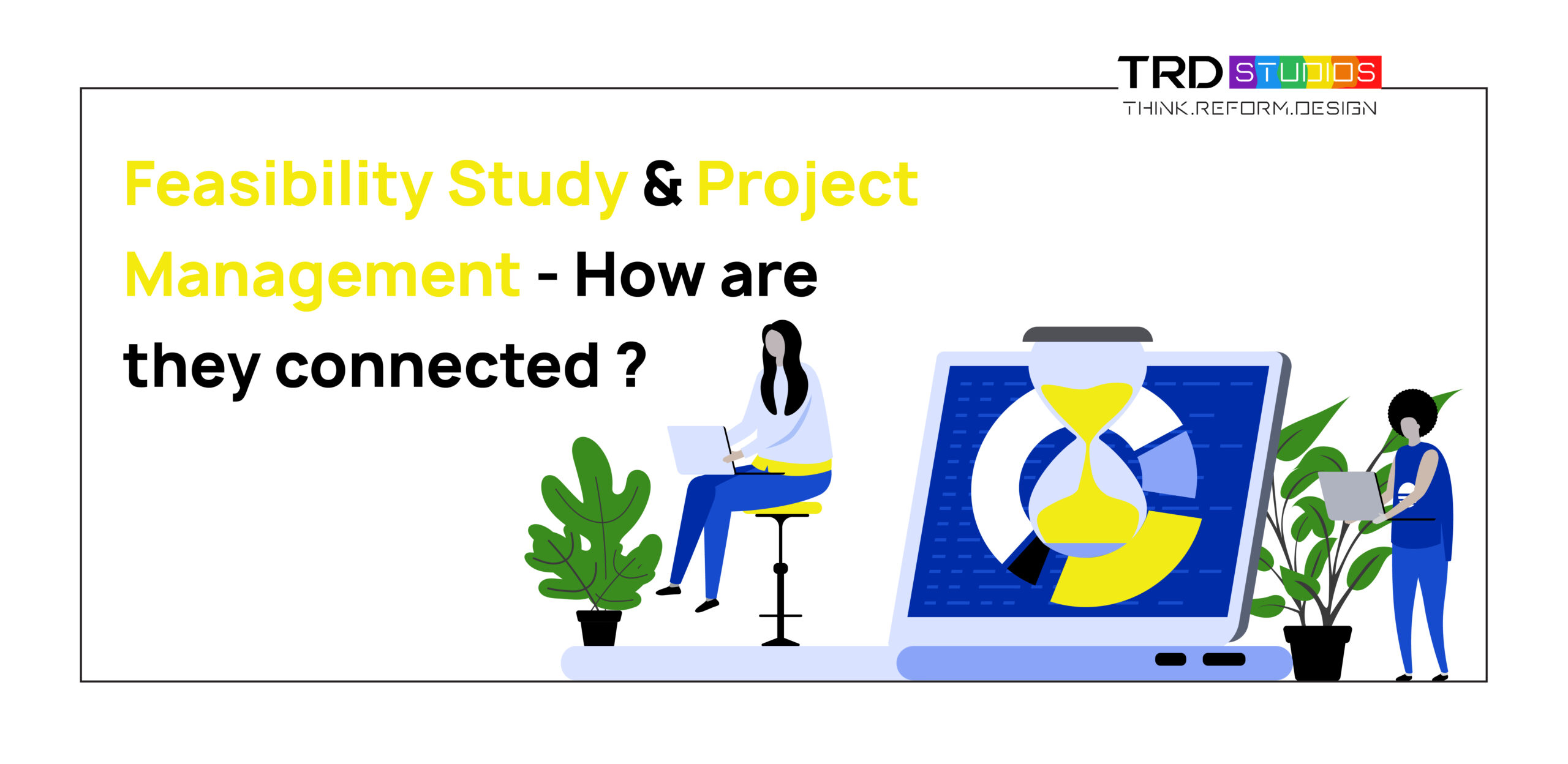The COVID-19 pandemic has not only brought a shift in customer preference, it has also forever transformed the current experience economy into values and emotions economy.
At a time like this, neuroscience in customer experience can help us draw insights and shape customer experience to decrease the gap.
Experience Gap
A research by SAP disclosed that:
- 80% of CEOs believe they are creating a compelling customer experience
- Only 8% percent of their customers agree
- 4 out of 5 consumers have switched brands because of a poor experience
- 25% of customers defect after just one bad experience
It’s apparent that though companies want to create impactful customer experiences, they don’t understand the three horizons of experience gaps.
First, it’s imperative while taking in customer feedback a company understands whose feedback matters most.
Secondly, a company needs to understand that experiences are made of multiple touchpoints and while all the individual touch points might work perfectly fine, it is the overall experience that matters. It is important to figure out what the customer considers an end to end experience and achieve perfection there.
Thirdly, while it’s important to be judicious about the ‘right’ customer feedback, it is equally important to put in place mechanisms that can drive operational change.
What is Neuromarketing?
Neuromarketing is the scientific study of how the brain responds to branding and advertising. Neuromarketing uses insights from neuroscience, behavioral economics, and social psychology, and applies these insights to measure and improve the effectiveness of product design, branding, and marketing practices.
Marketers have been working towards predicting consumer behavior and getting into the consumer’s head.
They are always on the lookout for the next insight to perfect marketing and ad campaigns, strike the right emotional chord with their target segment, cement brand recognition and conquer market share.
While market research methods such as interviews, surveys, etc. have been valuable in gathering data, they still leave guesswork and uncertainty for marketers to understand what the consumer wants.
Understanding Consumer Decision Making
Neuroscientists believe that the part of the brain that has guided our ancestors back in the Stone Age and even before are with us today. The primordial heuristics are now hardwired into the emotions that influence our every decision and course of action.
While a few years ago, neuromarketing was considered a fad, with new research people’s attitude towards neuromarketing has been changing.
Marketers have been using traditional research methodologies to understand consumer behavior and decision making. However, research has shown how unreliable self-reporting can be.
While marketers have been aware of the misalignment between self-reported data and consumer behavior, they are yet to figure out a solution for the same.
Using neuroscience and technologies such as fMRI and EEG to understand non-conscious emotional reactions that consumers may not be able to articulate can go a long way towards diminishing guesswork.
Emotions, Neuromarketing and CX
Marketers have been aware of the powerful role of emotions in consumer behavior for a long time and have been designing experiences and strategies that appeal to emotional triggers.
Neuromarketing demonstrates that, contrary to what we like to believe, our decision-making processes aren’t purely rational.
The thrill and regret of an impulse buy arises from a part of the brain that is responsible for leveraging the best features of intuitive emotional response.
So, it can be said that emotions arising from our unconscious impression of our environment sets reason and deliberation into motion. This is then guided to a decision which is then confirmed emotionally.
As the experience economy continues to evolve, so does our understanding and appreciation for the role of emotions and the development & integration of digital automation tools driven by AI/ML.
Competing in this economy makes it imperative for brands to create great end-to-end customer experiences- right from the first interaction to the purchase of services and beyond.




